Total Revenue: ($3650.59 from 19 customers) Nov 1, 2015 - Apr 30, 2018
Just watched this 47-min presentation given by @adamwathan at @MicroConf in 2018 titled 'Nailing Your First Launch'. It was recommended by @RandallKanna
Adam shared a step-by-step guide for launching successful info products from idea to launch.
Thread 👇👇
Total Revenue: ($3650.59 from 19 customers) Nov 1, 2015 - Apr 30, 2018
Launched: May 2016
1st Day: $28,299
1st 3 days: $61,392
After 2 weeks he quit his job to focus on info products
Early Access: November 2016
1st Day: $82,919
1st 3 Days: $115,676
Sales from May 2016 - April 2018
Book $179,147
TDD Course $468,536
Total $647,683
There is a finish line
Doesn't take much time
Unlike SaaS, it puts money in the bank quickly
Selling subscription software is hard, courses are easy
-Building an audience
It's really important that people trust you
Having a large audience can make up for any other deficiency in your marketing strategy
How? Be helpful on the internet through blog posts, screencasts, etc.
Help people where they already are - @wesbos
September 2016, 436 followers
Started sharing design tips
In 1.5 years he reached 20.3K followers (now at 91.1K)
-Picking the right idea
Step 1: Have an idea
What are you already putting out there that people seem excited about?
Step 2: Test your idea
Put up a landing page, build an email list.
That's a good way to start but that won't work if you don't have an audience.
So Tweet about it. If it works, create a blog post.
Plan small
Books are easier to work on
Courses are easier to sell at a higher price
-Putting up a landing page
Put some incentive so people are willing to give you their email address
Show some social proof
Outline what you are going to do
Another sign-up form, Another social proof, Who am I (credibility).
**Advantages:**
The best form of product validation
Motivation to finish
You'll make money
**Disadvantages**:
Stressful feels like debt
Multiple tiers are tricky
Can't change the scope
Step 1: Tell your audience
Step 2: Share progress (keep them updated)
Step 3: Repurpose content (tweak a chapter from the book & turn it into a blog)
-Getting it finished
Strategy 1: Make promises (Accountability)
Strategy 3: Reduce scope
-Figuring out pricing
**Topic 1: Tiered pricing**
Single tier pricing:
Can be fine if you charge enough
Often necessary if pre-selling
In general, prefer multiple tiers.
2-tier pricing:
Usually price anchoring strategy
Works well with video courses
3-tier pricing:
Great for books if you can come up with additional content
Discount enough to be appealing, at least 30%
Stepped discounts, lower discount on cheaper tiers, and better discount on higher tiers
Reverse engineer non-discounted price from your planned discounted price, it'll help you charge more
*Step 1: Build the sales page*
Still include an email sign up that sends preview content for new traffic (preview lessons)
Testimonials and social proof
Sort tiers from the highest price to lower price, use visuals to communicate the value of higher tiers
More from Startups
1/ Tuesday was my last day as CEO of @CircleUp. I’ve been CEO since starting the co. in 2011 with my co-founder @roryeakin.
This is a thread about what happened, why and my emotions about it. For more detail:
https://t.co/vYImcm1bTM
Much of this I have never talked about.
2/ My goals: I hope it helps founders feel less lonely than I did. Little public content about the challenges of transitioning exists, but I longed for it. I’m not here to provide a playbook- just to share my experience. Hope it might build greater empathy.
Here goes….
3/ Why: When I tell people that I’m transitioning to an Exec Chairman role their first question is always: “why?” Short answer: co. pivot + fertility issues + health issues + a false sense that grit was always the answer = burnout. Long answer: is longer so hang in there with me
4/ Over a 12-18 month period that ended in late 2017 I ran my tank far beyond empty for far too long. You know that sound your car makes when it’s sputtering for more gas? It was like that. Worst year of my life. Since then it has felt like bone on bone.
5/ Here is what happened:
Professionally: pivoting a Series C company was a living hell in and of itself, as I’ve talked about before.
This is a thread about what happened, why and my emotions about it. For more detail:
https://t.co/vYImcm1bTM
Much of this I have never talked about.
2/ My goals: I hope it helps founders feel less lonely than I did. Little public content about the challenges of transitioning exists, but I longed for it. I’m not here to provide a playbook- just to share my experience. Hope it might build greater empathy.
Here goes….
3/ Why: When I tell people that I’m transitioning to an Exec Chairman role their first question is always: “why?” Short answer: co. pivot + fertility issues + health issues + a false sense that grit was always the answer = burnout. Long answer: is longer so hang in there with me
4/ Over a 12-18 month period that ended in late 2017 I ran my tank far beyond empty for far too long. You know that sound your car makes when it’s sputtering for more gas? It was like that. Worst year of my life. Since then it has felt like bone on bone.
5/ Here is what happened:
Professionally: pivoting a Series C company was a living hell in and of itself, as I’ve talked about before.
1/ We Pivoted a few yrs ago. This is the story- mostly my feelings. It has never been told publicly.
— Ryan Caldbeck (@ryan_caldbeck) April 16, 2019
This will be rambly and represents the chaos in my head at the time. There is [hopefully] no advice here. I don\u2019t know if we did it right.
5 Micro Skills That Will Improve Your Life Drastically
// A THREAD //
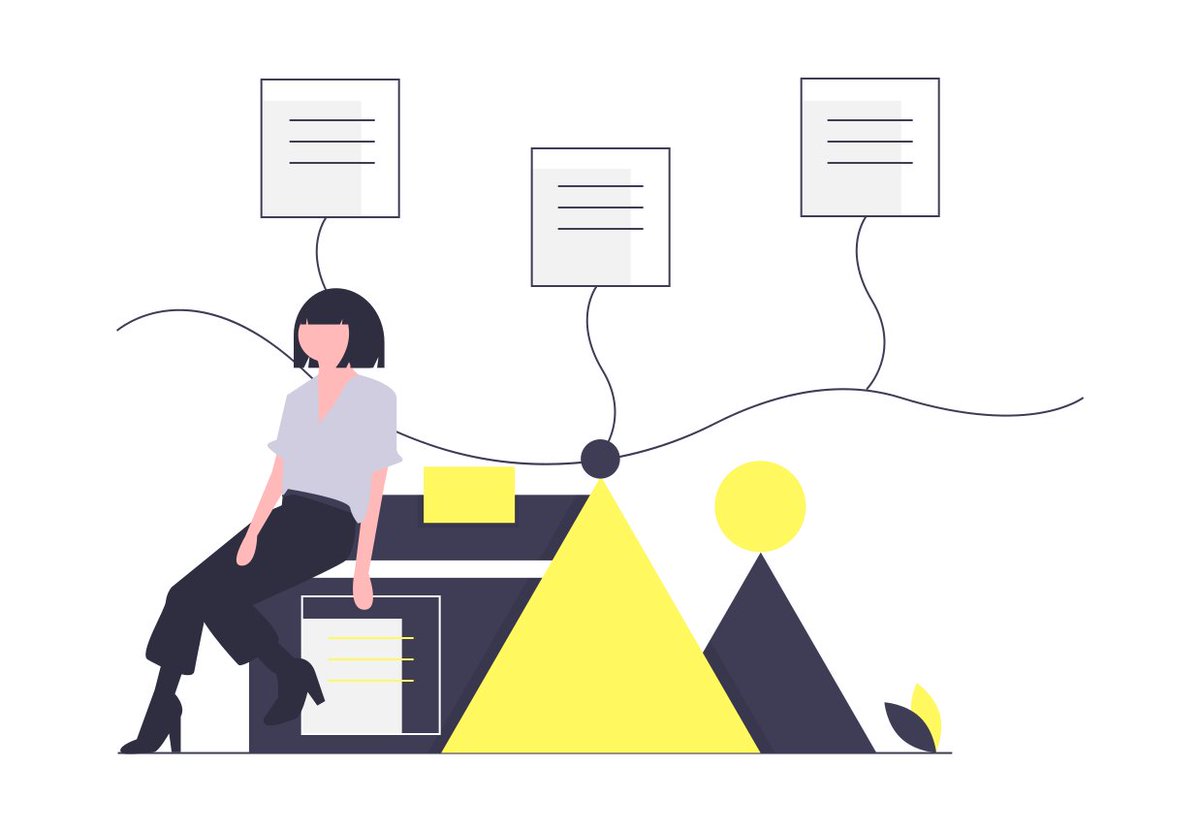
Even the small things compound over time... and become huge.
And they become HUGE.
This is the list of small skills that will improve your life A LOT over time, you can't even imagine how much... before you give it a try.
I'll present the skills in form of mini challenges.
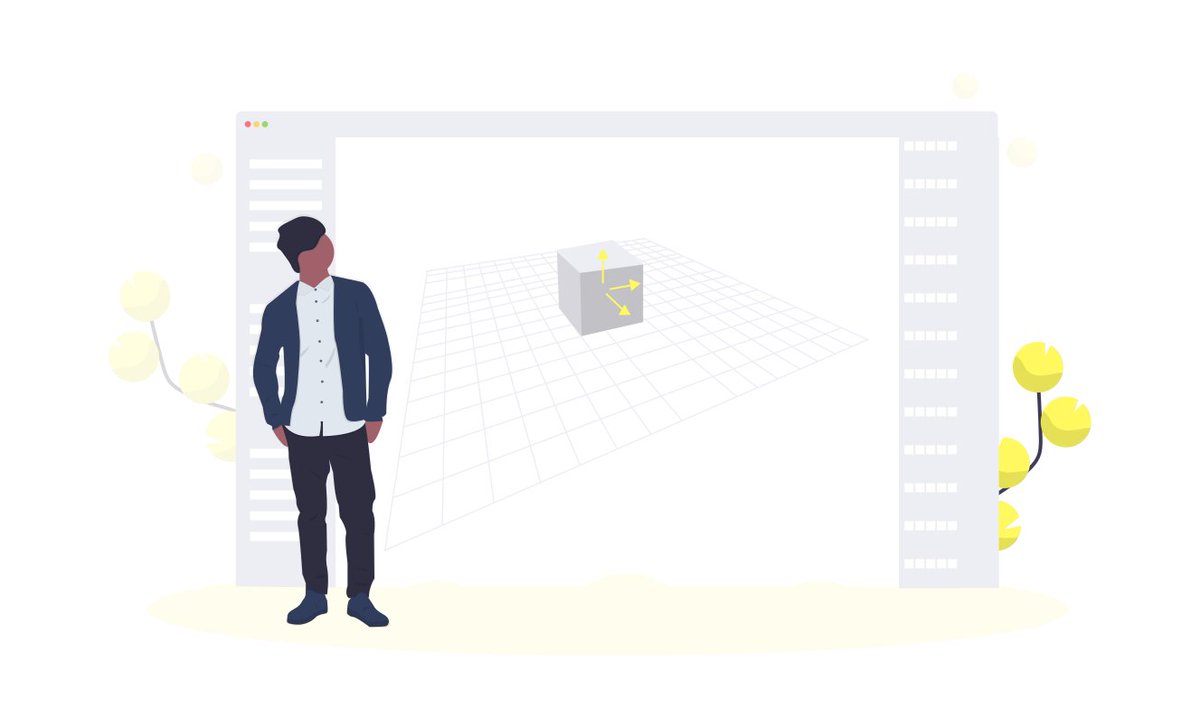
1. Type with all ten fingers 10 days - 10 mins in the morning.
Most of us spend a lot of our time behind the computer typing.
Yet, not many people know how to write with all ten fingers —> drastically faster.
You can learn it for free here:
https://t.co/ow2WTHrXBJ

2. Make at least one Zap
Zappier allows you to make micro workflows between the applications you use.
Let's say you have to calendars (work and normal) and you want to sync them all the time —> Zappier
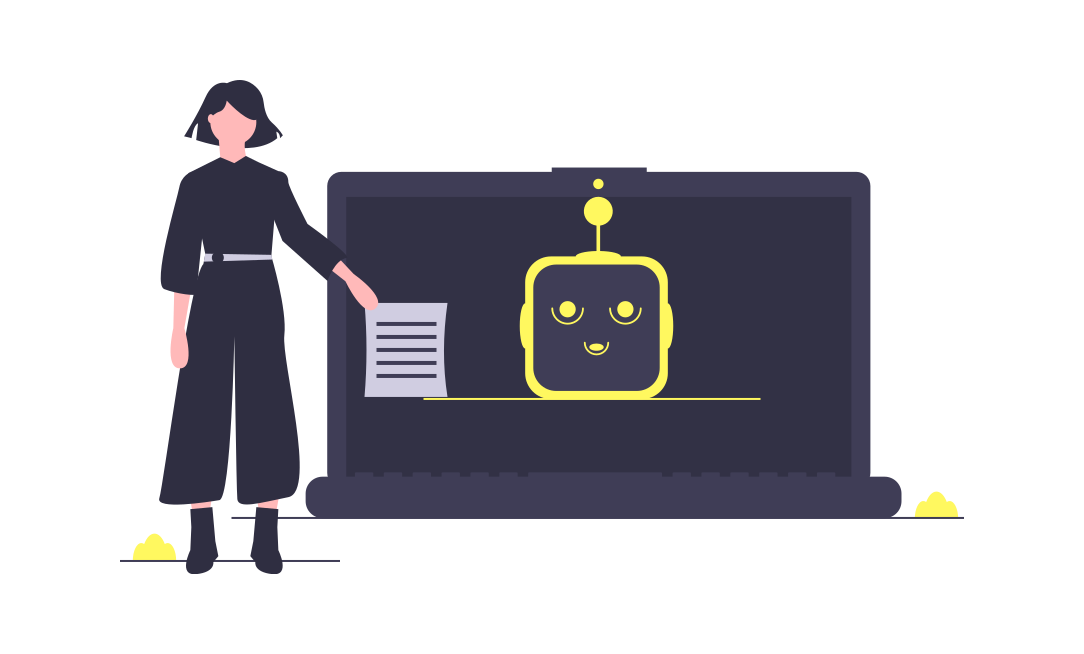
2b. You send an email every month remind your customers to pay the maintenance fee + reminder them if they won't —> Zappier
You want an email notification every time someone edits a Google sheet —> Zappier
Basic version is free. @zapier
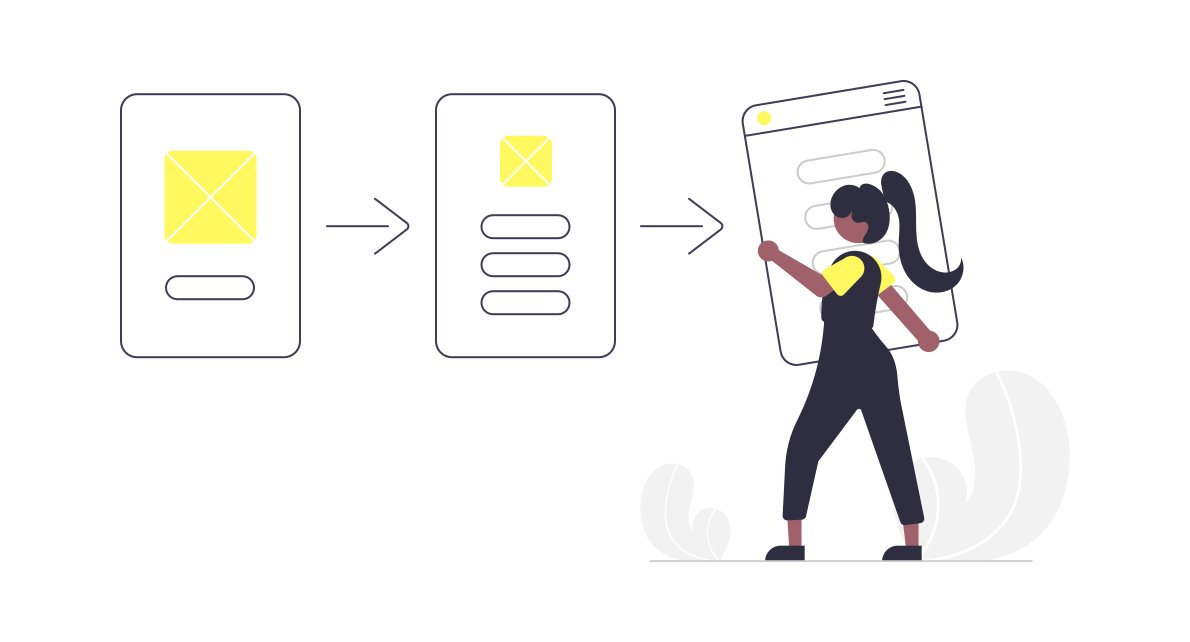
// A THREAD //

Even the small things compound over time... and become huge.
And they become HUGE.
This is the list of small skills that will improve your life A LOT over time, you can't even imagine how much... before you give it a try.
I'll present the skills in form of mini challenges.

1. Type with all ten fingers 10 days - 10 mins in the morning.
Most of us spend a lot of our time behind the computer typing.
Yet, not many people know how to write with all ten fingers —> drastically faster.
You can learn it for free here:
https://t.co/ow2WTHrXBJ

2. Make at least one Zap
Zappier allows you to make micro workflows between the applications you use.
Let's say you have to calendars (work and normal) and you want to sync them all the time —> Zappier

2b. You send an email every month remind your customers to pay the maintenance fee + reminder them if they won't —> Zappier
You want an email notification every time someone edits a Google sheet —> Zappier
Basic version is free. @zapier

You May Also Like
And here they are...
THE WINNERS OF THE 24 HOUR STARTUP CHALLENGE
Remember, this money is just fun. If you launched a product (or even attempted a launch) - you did something worth MUCH more than $1,000.
#24hrstartup
The winners 👇
#10
Lattes For Change - Skip a latte and save a life.
https://t.co/M75RAirZzs
@frantzfries built a platform where you can see how skipping your morning latte could do for the world.
A great product for a great cause.
Congrats Chris on winning $250!
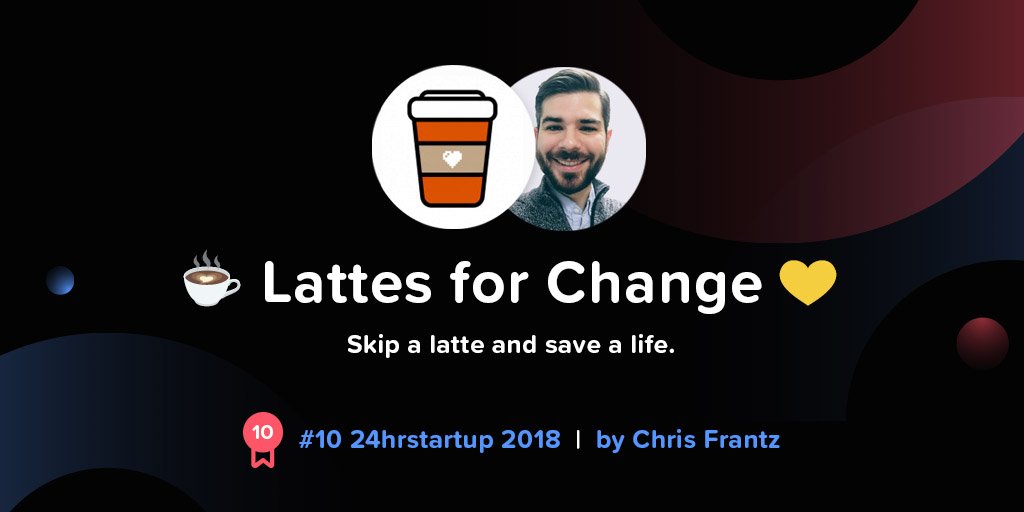
#9
Instaland - Create amazing landing pages for your followers.
https://t.co/5KkveJTAsy
A team project! @bpmct and @BaileyPumfleet built a tool for social media influencers to create simple "swipe up" landing pages for followers.
Really impressive for 24 hours. Congrats!
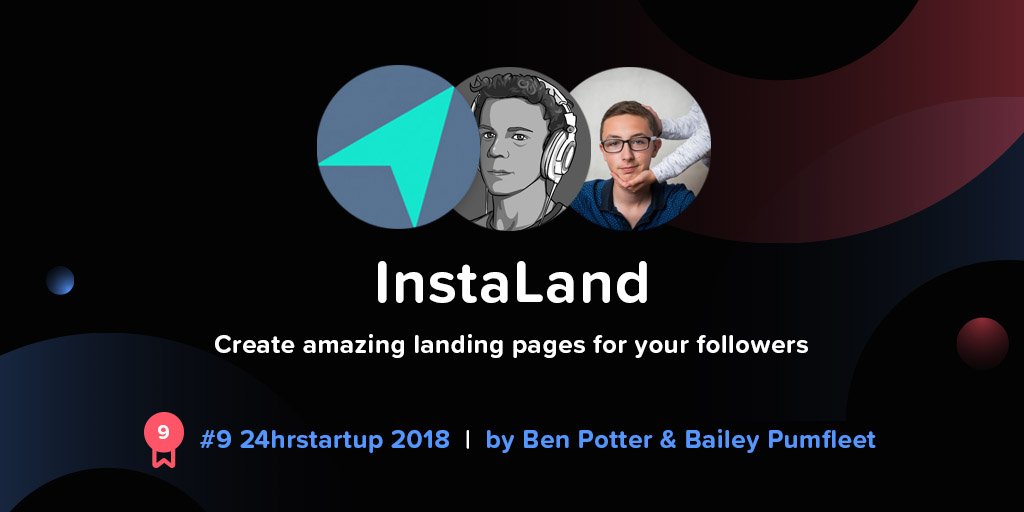
#8
SayHenlo - Chat without distractions
https://t.co/og0B7gmkW6
Built by @DaltonEdwards, it's a platform for combatting conversation overload. This product was also coded exclusively from an iPad 😲
Dalton is a beast. I'm so excited he placed in the top 10.

#7
CoderStory - Learn to code from developers across the globe!
https://t.co/86Ay6nF4AY
Built by @jesswallaceuk, the project is focused on highlighting the experience of developers and people learning to code.
I wish this existed when I learned to code! Congrats on $250!!

THE WINNERS OF THE 24 HOUR STARTUP CHALLENGE
Remember, this money is just fun. If you launched a product (or even attempted a launch) - you did something worth MUCH more than $1,000.
#24hrstartup
The winners 👇
#10
Lattes For Change - Skip a latte and save a life.
https://t.co/M75RAirZzs
@frantzfries built a platform where you can see how skipping your morning latte could do for the world.
A great product for a great cause.
Congrats Chris on winning $250!

#9
Instaland - Create amazing landing pages for your followers.
https://t.co/5KkveJTAsy
A team project! @bpmct and @BaileyPumfleet built a tool for social media influencers to create simple "swipe up" landing pages for followers.
Really impressive for 24 hours. Congrats!

#8
SayHenlo - Chat without distractions
https://t.co/og0B7gmkW6
Built by @DaltonEdwards, it's a platform for combatting conversation overload. This product was also coded exclusively from an iPad 😲
Dalton is a beast. I'm so excited he placed in the top 10.

#7
CoderStory - Learn to code from developers across the globe!
https://t.co/86Ay6nF4AY
Built by @jesswallaceuk, the project is focused on highlighting the experience of developers and people learning to code.
I wish this existed when I learned to code! Congrats on $250!!






















